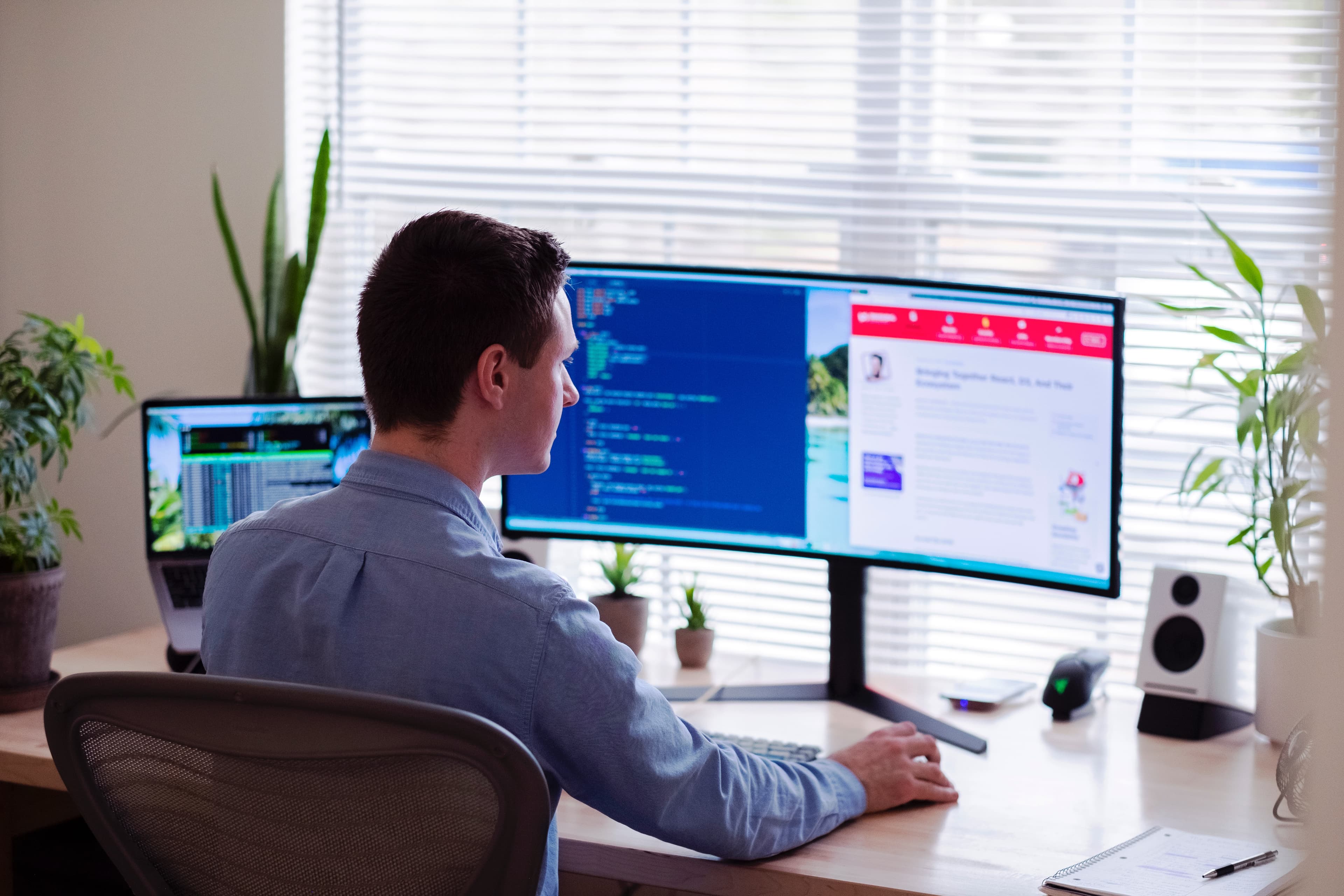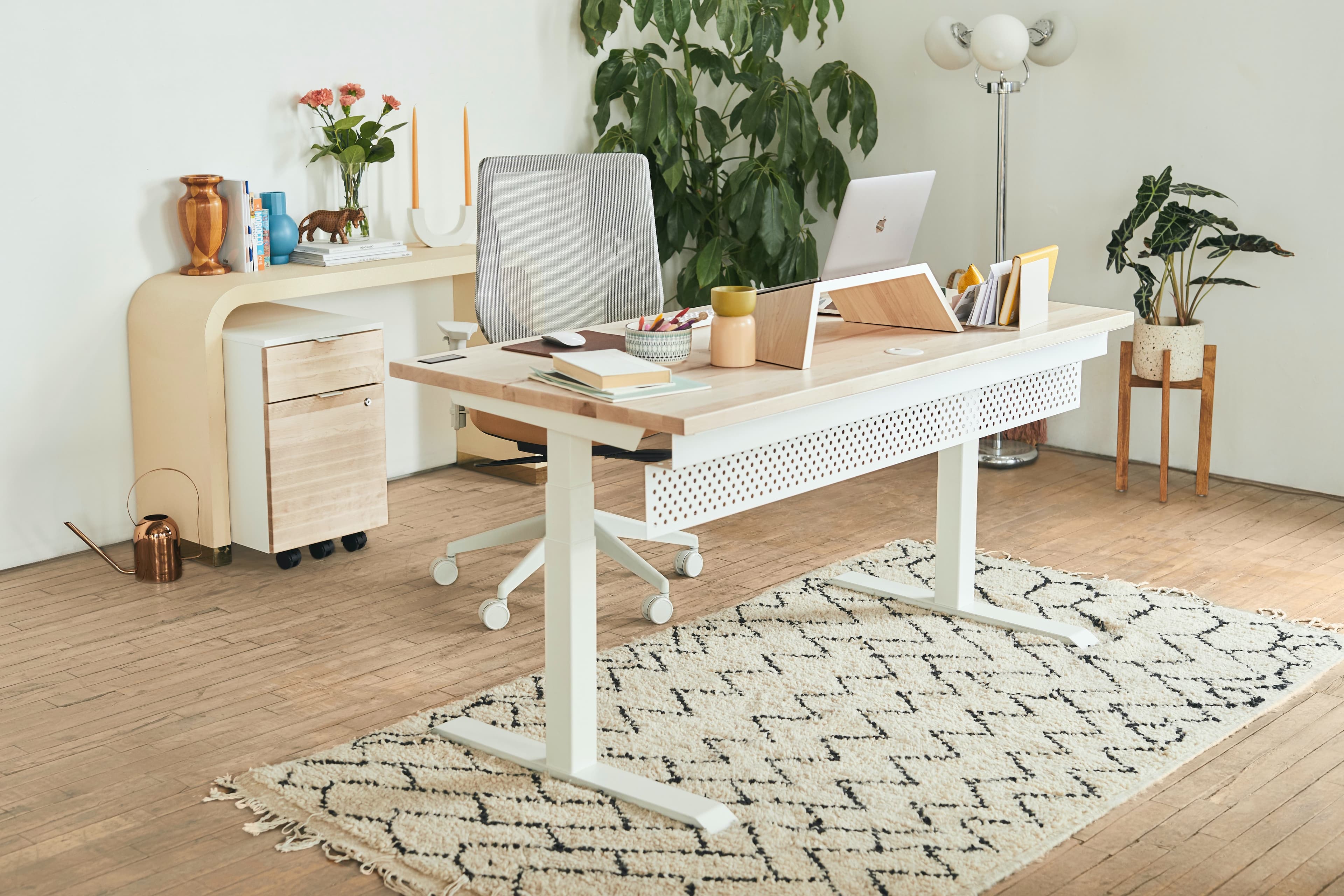Designing Your Flexible Work Policy to Ensure Workspace Equality
13th Apr 2022

A guest feature piece written by Georgia Feldmanis at our brilliant partner Hofy.
Talent is in control, now more than ever
The Great Resignation is showing no signs of slowing; so unless you are going above and beyond to provide a brilliant employee experience for every single one of your workers, you risk losing your best talent to your competitors.
Arguably, one of the most influential factors on your employees’ experience is the quality of their workstations. Employees sit at their desks for 8+ hours a day, meaning their workstation has a profound impact on their health and wellbeing.
If some of your employees work from lush offices, stocked with ergonomic furniture, or fully equipped home offices, while others work from their beds or coffee tables because they do not have access to the same benefits, you are bound to notice in absenteeism and engagement levels.
But beyond that, your employees’ workstations are visible on every single call they take. If you do not provide equal workstation benefits across the board, your employees will notice the discrepancy.
That is why it is crucial to design your flexible work policy with workspace equality in mind. By “workspace equality”, we mean providing your remote workers with an equally comfortable and productive work environment as your office-based employees.

Providing home offices for employees
Here are 4 considerations for levelling the playing field when providing your hybrid and remote workers with home offices:
1. Set team policies
One of the greatest benefits of embracing remote or flexible working is having access to the global talent market. But hiring globally is not without its challenges, especially when it comes to physically getting equipment to new hires.
Unless you set equipment policies for teams, and stick to them, you run the risk of prioritising ease over outcome, and providing your remote workers in more logistically challenging regions with less good equipment than those in major cities.
Think about it. Your sales team probably don’t need as high spec technology as your engineering and design teams. But your engineers need the same tools across the board to produce the same quality work, irrespective of where they work.
Things to consider when building your equipment policy:
- A team budget
- Minimum product specifications (e.g. monitor size)
- Specific products.
Draft your team policies, and commit to them.
Build workspace equality into your flexible working policy
Flexa and Hofy’s partnership makes it effortless to build workspace equality into your flexible work policy, provide a brilliant employee experience and boost retention globally.
2. Accomodate to individual needs
That being said, you need to factor individual circumstances into your equipment provisioning policy.
Some team members may suffer from health conditions (such as back pain) that require specialist support, such as a highly specialist ergonomic chair. Give every team member what they need to feel equally supported.
Every home is different too. Few remote workers have a spare room they can use as a home office, and you may have workers crammed in tiny bedrooms, or working from loud, shared-living environments.
A good quality Display Screen Equipment (DSE) Assessment - a workstation risk assessment that you’re legally obliged to administer to every worker - should help you identify issues with employees' workstations and work environments. But you can also just check-in.
Find hardware solutions that mitigate these problems. Perhaps your worker needs a high-quality, noise cancelling headset to minimise disruption from their housemates, or a fold-up desk to accommodate space constraints. Investigate, and accommodate.

3. Provide the same physical onboarding experience globally
Every employee deserves the same first day experience. Ideally, every worker receives their laptop and workstation ahead of time, so they’re ready to hit the ground running on day one.
But if some of your starters have that experience, while others work from their bed for weeks (or possibly months) because their equipment is delayed in transit, or has much longer delivery lead times than to other regions, you’ve unintentionally tiered your onboarding experience.
You could figure out the logistics for every new region you hire in, in order to standardise your onboarding experience. This will take hours of your People Ops or equivalent department’s time, especially as you scale.
Alternatively, you could work with an equipment provider that offers a global service to ensure consistency.
4. Ensure WiFi consistency
Your new remote hire could have an all-singing, all-dancing home office. But without strong WiFi, there’s little they can do with it.
Put the right measures in place to ensure you can identify and resolve WiFi issues. This could be via a DSE assessment, or requiring employees to test their internet during their onboarding.
Measures could include providing a WiFi range extender, or subsidising stronger internet as part of your benefits programme.